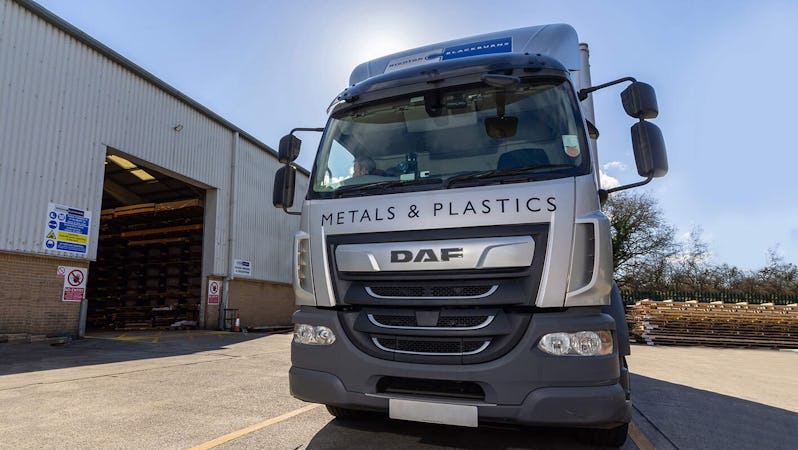Designations for Wrought Aluminium Alloys
Aluminium is most commonly alloyed with copper, zinc, magnesium, silicon, manganese and lithium. Small additions of chromium, titanium, zirconium, lead, bismuth and nickel are also made and iron is invariably present in small quantities.
There are over 300 wrought alloys with 50 in common use. They are normally identified by a four figure system which originated in the USA and is now universally accepted. Table 1 describes the system for wrought alloys. Cast alloys have similar designations and use a five digit system.
- Alloying Element None (99%+ Aluminium) - 1XXX
- Alloying Element Copper - 2XXX
- Alloying Element Manganese - 3XXX
- Alloying Element Silicon - 4XXX
- Alloying Element Magnesium - 5XXX
- Alloying Element Magnesium + Silicon - 6XXX
- Alloying Element Zinc - 7XXX
- Alloying Element Lithium/Other - 8XXX
For unalloyed wrought aluminium alloys designated 1XXX, the last two digits represent the purity of the metal. They are the equivalent to the last two digits after the decimal point when aluminium purity is expressed to the nearest 0.01 percent. The second digit indicates modifications in impurity limits. If the second digit is zero, it indicates unalloyed aluminium having natural impurity limits and 1 through 9, indicate individual impurities or alloying elements.
For the 2XXX to 8XXX groups, the last two digits identify different aluminium alloys in the group. The second digit indicates alloy modifications. A second digit of zero indicates the original alloy and integers 1 to 9 indicate consecutive alloy modifications.





